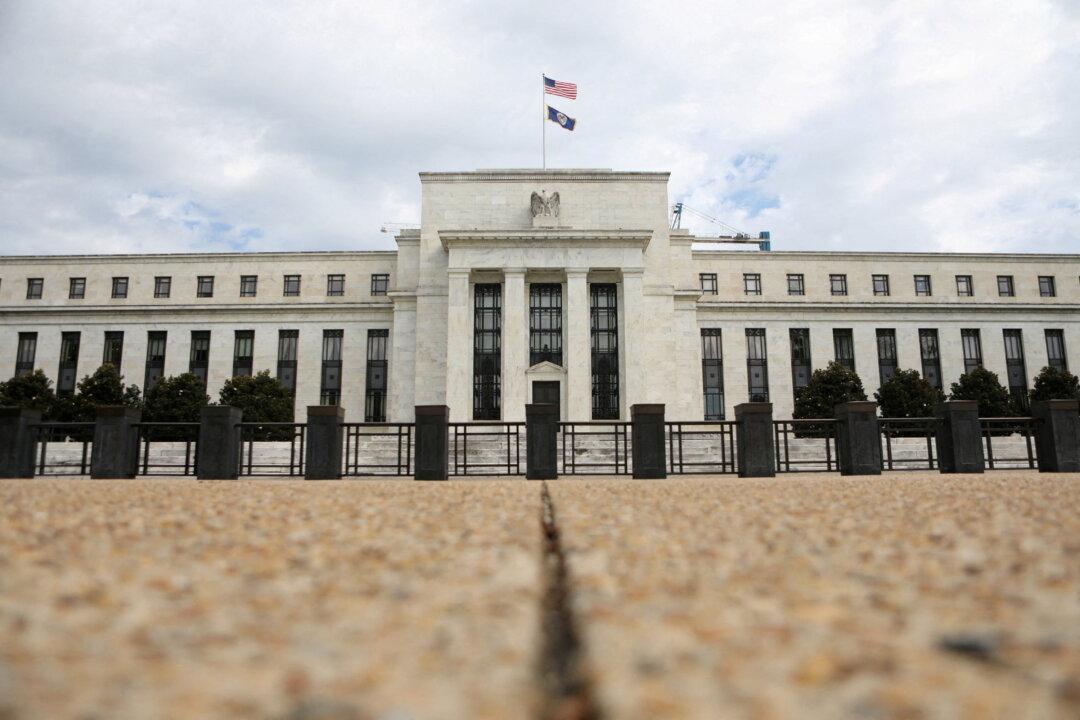Commentary
How can a bank with the power to create money out of thin air manage to lose money and become insolvent? The Federal Reserve can do it. Here is how.

How can a bank with the power to create money out of thin air manage to lose money and become insolvent? The Federal Reserve can do it. Here is how.